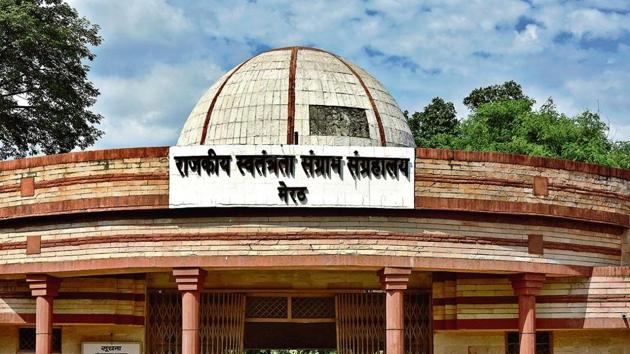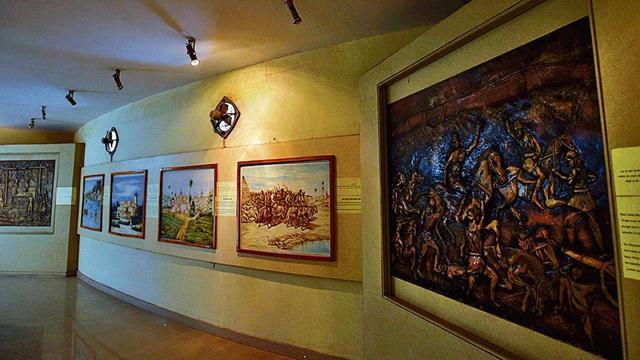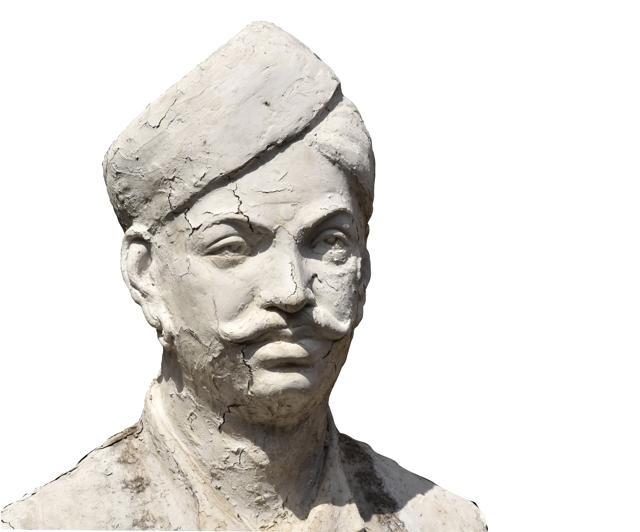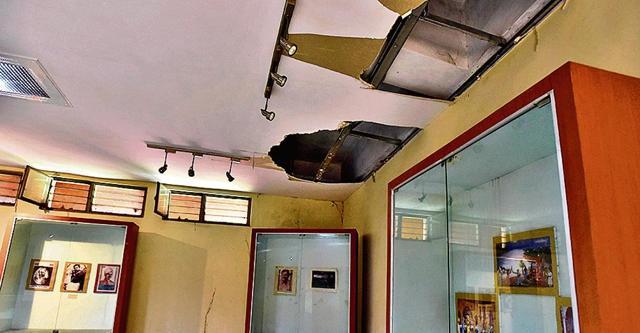1857 Meerut mutiny museum awaits freedom from neglect
New Delhi | Manoj Sharma
Aug 24, 2019 12:15 PM IST
As India gears up for August 15, a museum in Meerut dedicated to the first war of Independence in 1857 stands as a symbol of neglect and apathy
RELATED
LUCKNOW: The UP government is keen on developing the city into a tourist place and has planned many developments around heritage areas to promote tourism
in the city. The most important proposal is constructing a world-class
museum inside Chattar Manzil building which would showcase the culture
and heritage of the city.
Earlier, the office of Central Drug Research Institute (CDRI) existed in this building which has now been shifted. Lucknow which was an epicenter of the first war of independence in 1857 holds a significant position in the Indian history.
Despite that the city doesn’t have any proper museum on the episode so far. The government plans to set up a museum that can showcase the historical and cultural heritage of the city.
IDC Alok Ranjan, divisional commissioner Sanjeev Saran and officials of tourism department, and Lucknow Development Authority held a meeting on Wednesday to discuss the blueprint of the tourism development project.
A Lucknow Haat is also proposed at village Kalli Paschim on Rae Bareli Road which would place hundreds small vendors and craftsmen to sell their products to the tourists. The plan gives special focus on cleaning the surroundings and illumination of heritage monuments like Rumi Gate and Imambada. Satkhanda area is being also given prime focus for development.
The row of Victorian lamps that have been beautifying the lanes of Hazrataganj area would now be extended from the DM’s residence to Rumi Darwaza and Imambada. Heritage street lights would also be installed in VIP areas like Vikramaditya Marg, Dilkhusa, MG Road etc. A light and sound show has been proposed to be organized at the Residency, La Martiniere College and Chhattar Manzil to give glimpses of the city.
A Lucknow Heritage Walk would be revived from Tile Wali Masjid up to Akbari gate so that tourists could enjoy a stroll around the heritage monuments without panicking about hiring some taxi or cab.
Development of this pathway is being planned to be handed over to the Indian National Trust for Art and Cultural Heritage (INTACH) which carries experience in this field.
Apart from this, development of the right bandha of River Gomti opposite La Martiniere College is also proposed under this plan. It also includes the beautification of the Gomti riverbanks from Daliganj Bridge to Hanuman Setu. Similarly, development of the Kaiserbagh heritage zone is also included in the project.
Saran has instructed the officials to start planning the development of city into a tourism place and initiate documentation and publication of heritage buildings of the city too.
Earlier, the office of Central Drug Research Institute (CDRI) existed in this building which has now been shifted. Lucknow which was an epicenter of the first war of independence in 1857 holds a significant position in the Indian history.
Despite that the city doesn’t have any proper museum on the episode so far. The government plans to set up a museum that can showcase the historical and cultural heritage of the city.
IDC Alok Ranjan, divisional commissioner Sanjeev Saran and officials of tourism department, and Lucknow Development Authority held a meeting on Wednesday to discuss the blueprint of the tourism development project.
A Lucknow Haat is also proposed at village Kalli Paschim on Rae Bareli Road which would place hundreds small vendors and craftsmen to sell their products to the tourists. The plan gives special focus on cleaning the surroundings and illumination of heritage monuments like Rumi Gate and Imambada. Satkhanda area is being also given prime focus for development.
The row of Victorian lamps that have been beautifying the lanes of Hazrataganj area would now be extended from the DM’s residence to Rumi Darwaza and Imambada. Heritage street lights would also be installed in VIP areas like Vikramaditya Marg, Dilkhusa, MG Road etc. A light and sound show has been proposed to be organized at the Residency, La Martiniere College and Chhattar Manzil to give glimpses of the city.
A Lucknow Heritage Walk would be revived from Tile Wali Masjid up to Akbari gate so that tourists could enjoy a stroll around the heritage monuments without panicking about hiring some taxi or cab.
Development of this pathway is being planned to be handed over to the Indian National Trust for Art and Cultural Heritage (INTACH) which carries experience in this field.
Apart from this, development of the right bandha of River Gomti opposite La Martiniere College is also proposed under this plan. It also includes the beautification of the Gomti riverbanks from Daliganj Bridge to Hanuman Setu. Similarly, development of the Kaiserbagh heritage zone is also included in the project.
Saran has instructed the officials to start planning the development of city into a tourism place and initiate documentation and publication of heritage buildings of the city too.




